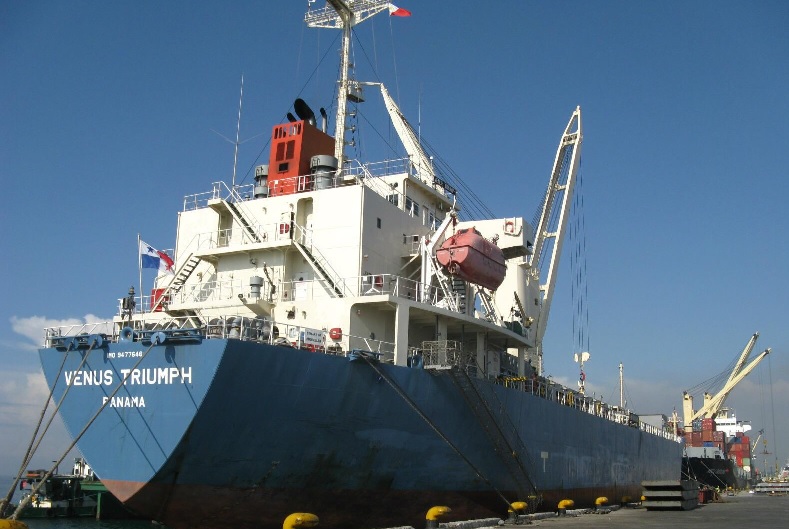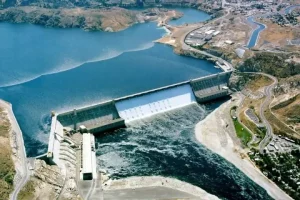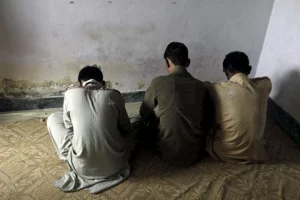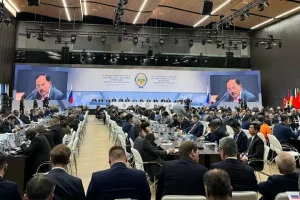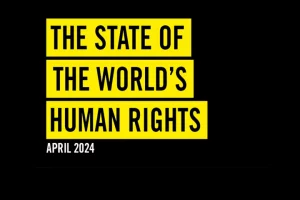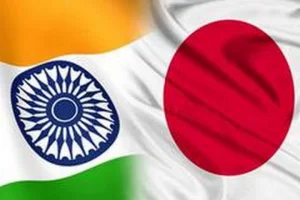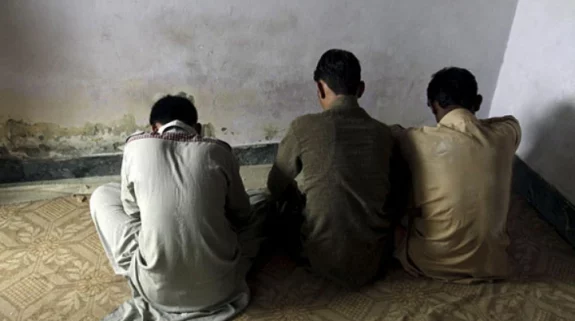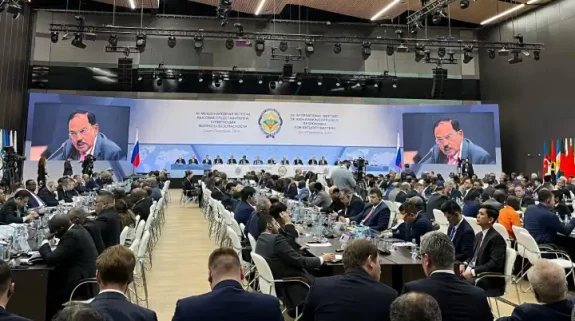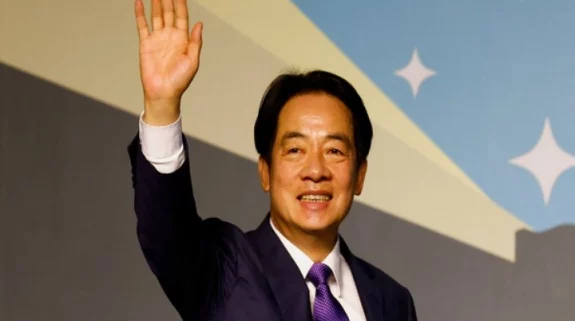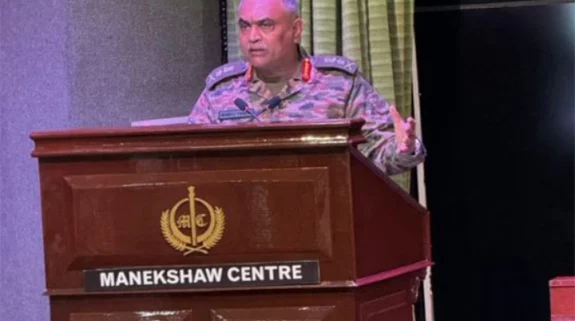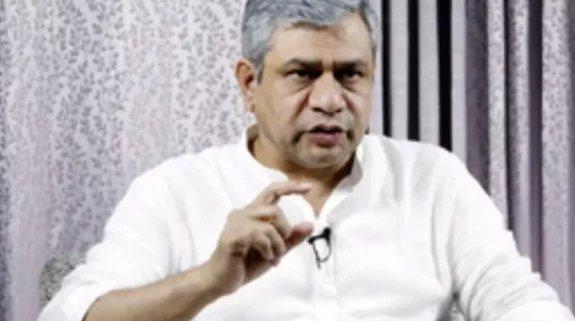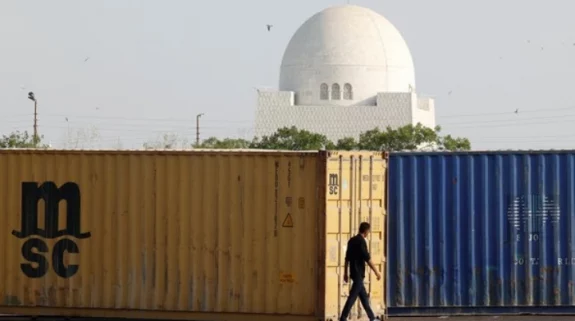The docking of the first commercial ship at the deep-water port of Matarbari in Cox’s bazaar, marks a major triumph in countering China’s influence in the Bay of Bengal through Bangladesh.
Last month a Panama flag carrier "Venus Triumph” loaded with steam generator parts, docked in Matarbari after sailing from Indonesia's Pt. Pelabuhan Cilegon Mandiri port on December 22. This equipment will be used for the coal-based power plant in that area, Bangladeshi newspaper Daily Star reported, quoting an official from the state-owned Coal Power Generation Company Bangladesh (CPGCBL).
The docking of the ship in Matarbari, which is being developed by Japan highlights China’s failure to build Bangladesh’s first deep water part to gain access to the Bay of Bengal through the strategically located Cox’s Bazaar. Had it succeeded and managed to control the running of the port, Beijing would have extended its reach in the Indian Ocean. Already China has developed Kyaukphyu, a deep water in Myanmar. It also runs the Hambantota port in Sri Lanka and Gwadar in Pakistan.
Beijing also has a naval base in Djibouti near the strategic Gulf of Aden- a major channel for trade between Asia and Europe. By opting for Matarbari, the Sheikh Hasina administration in Dhaka has slammed the door on China’s bid to develop the Sonadia deep water port in the Bay of Bengal. The idea of developing a deep-sea port at Sonadia was first flagged in 2006. China agreed to build and finance the port, leading to the signing of a formal agreement. But suddenly, the port project disappeared from the radar during Chinese President Xi Jinping’s Dhaka visit in 2016.
Eventually, the Hasina government formally scrapped the project in late-August last August. It also formally revoked the Sonadia Deep Sea Port Authority Act 2012. Analysts say that pressure from India and Japan was behind the termination of the Chinese project, with the aim of diminishing Beijing’s strategic access to the Bay of Bengal. Unsurprisingly, with China out of the picture, Japan is now developing the Matarbari port which is only a few kilometres from Sonadia.
In September 2020, Japan International Cooperation Agency won the contract for the consultancy services of Matarbari Port development project. Two contracts were signed by Roads and Highways Department (RHD) with Oriental Consultants Global Company Ltd and by Chittagong Port Authority with Nippon Koei.
The port will be modelled on Japan’s Kashima and Niigata ports. The container terminal will be built on 18 hectares, with an annual capacity of 600,000 to 1.1 million TEU.
Later, it will be significantly expanded, covering 70 hectares, with an 1,850 metres berth. Eventually, it will have a capacity of 2.8 million TEU. According to an article in the Diplomat magazine, Bangladesh’s existing ports at Chittagong and Mongla are not only congested but also have a shallow draft. Consequently, ships of higher tonnage cannot dock at these ports.
At present, such ships are forced to offload their cargo at trans-shipment hubs in Sri Lanka and Singapore, before smaller vessels bring the consignments to Bangladesh. This results in delays and increases trading costs.






